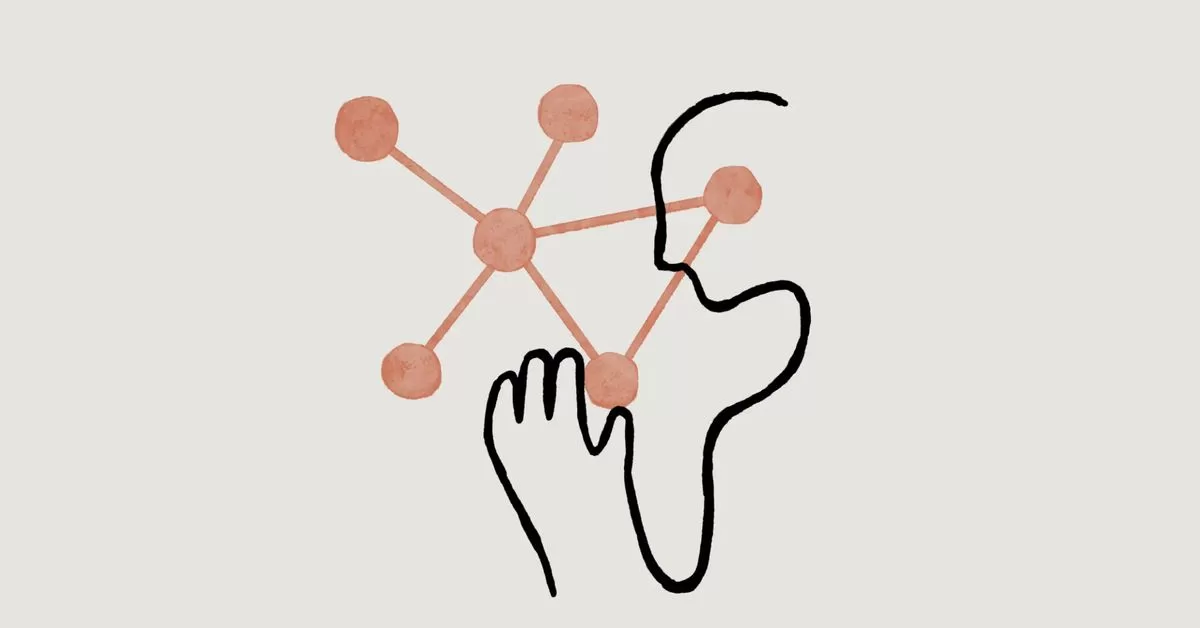Researchers from Osaka University have shed new light on the neural mechanisms underlying mind wandering and self-generated thoughts. In a study published in Nature Communications, the team identified a specific pattern of brain activity, known as sharp-wave ripples, that is associated with these types of mental states.
Mind wandering, or the ability to think about things that are not currently present, is a unique human cognitive capacity. However, the neural underpinnings of this phenomenon have remained elusive. In their study, the researchers focused on self-generated Brain states, such as daydreaming, which occur when the brain is not processing external information.
The team analyzed data from patients with drug-resistant epilepsy who were undergoing surgery to remove the source of their seizures. During the procedure, intracranial electrodes were implanted in the hippocampus, a brain region crucial for memory formation and retrieval. The researchers used this data to investigate the relationship between sharp-wave ripples and different types of thoughts.
Sharp-wave ripples are a type of neural oscillation that originates in the hippocampus and propagates to other brain regions. These ripples are characterized by a sharp wave followed by a high-frequency oscillation, and they are thought to play a role in memory consolidation. The researchers found that these ripples were more frequent during self-generated states, suggesting a link between sharp-wave ripples and mind wandering.
The findings of this study provide new insights into the neural basis of mind wandering and self-generated thoughts. The identification of sharp-wave ripples as a neural signature of these mental states could lead to a better understanding of the cognitive processes underlying daydreaming and other forms of mind wandering.
In summary, researchers from Osaka University have identified a specific pattern of brain activity, sharp-wave ripples, that is associated with self-generated brain states, such as mind wandering. The study, which was published in Nature Communications, used data from patients with drug-resistant epilepsy to investigate the relationship between sharp-wave ripples and different types of thoughts. The findings could lead to a better understanding of the neural mechanisms underlying mind wandering and its role in cognitive processes.\
*Note:
1. Source: Coherent Market Insights, Public sources, Desk research
2. We have leveraged AI tools to mine information and compile it




